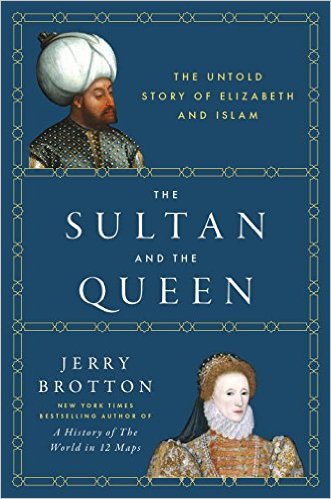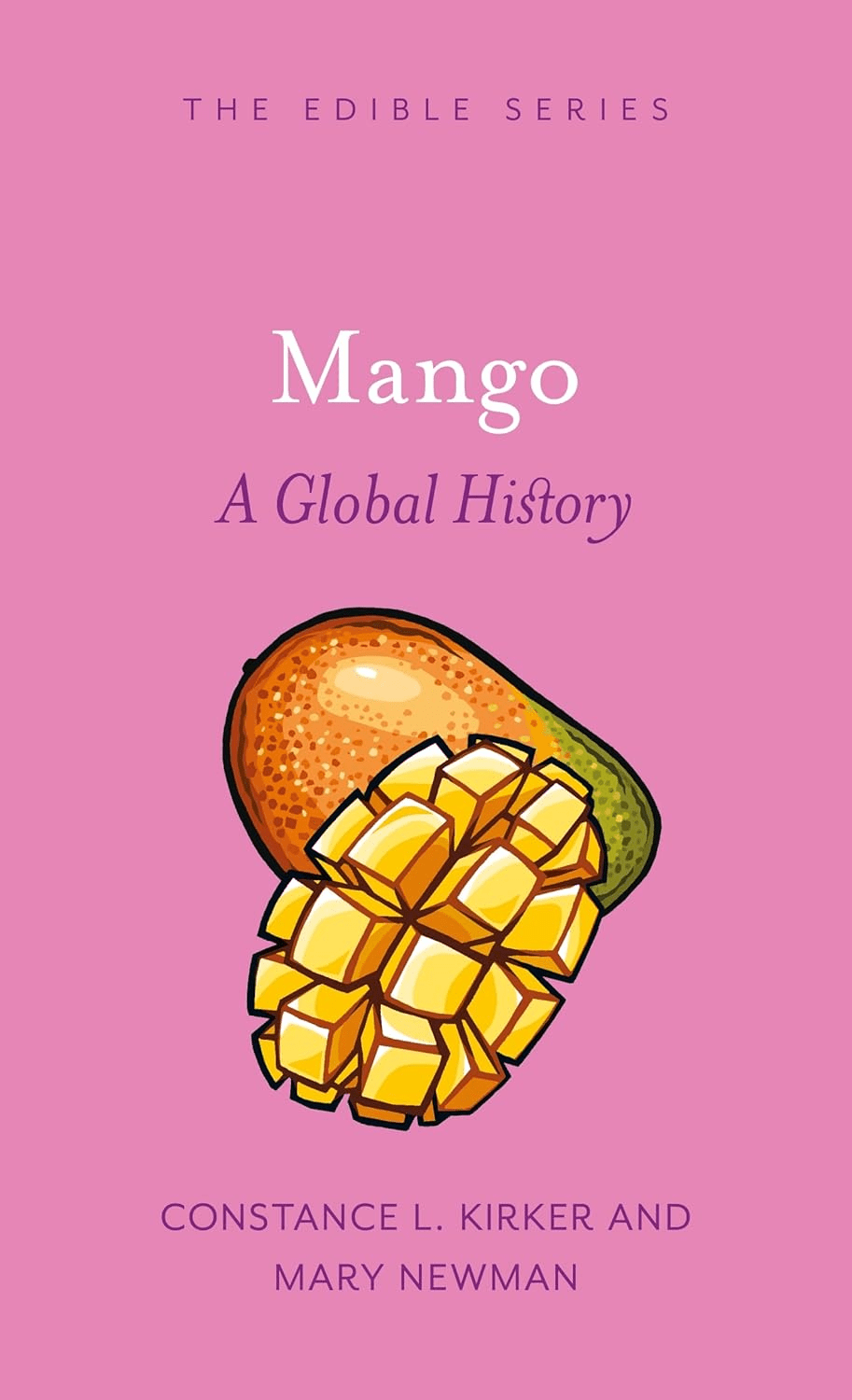
The Sultan and the Queen: The Untold Story of Elizabeth and Islam
Tom Verde
Jerry Brotton
2016, Viking, 978-0-241-00402-9, $28 hb. (Published in the UK as This Orient Isle.)
In 1570, with Catholic Spain and Rome breathing down her Protestant neck, Britain’s Elizabeth I turned to her enemies’ enemies, Morocco and Ottoman Turkey. The treaties and trade agreements she struck with these sultanates infuriated her Continental rivals while enriching Tudor England with “exotic commodities from Islamic lands that included cotton, rhubarb, currants ... and intricate textiles, as well as the Moroccan sugar” that Elizabeth consumed “in such copious quantities” it blackened her teeth, writes historian Jerry Brotton. As “Sultana Isabel” (her Moroccan title) dispatched envoys to major Muslim capitals, “Tudor fascination with the Islamic world” infused domestic English culture with clothing and carpets “after the Turkish fashion” and influenced the works of Marlowe and Shakespeare (e.g. Othello), among others.
You may also be interested in...
.png?cx=0.44&cy=0.65&cw=382&ch=487.6595744680851)
Zeina Abirached’s Art Uncovers Urgency of Wisdom in Gibran’s The Prophet
Kahlil Gibran’s 1923 classic is given new life, as Abirached’s graphic novel blends Lebanese artistry with the late author’s timeless wisdom.
Book ‘s Take on Mangos Serves Up a Curious Mix of Food and History
Constance L. Kirker and Mary Newman trace mango’s cultural and culinary significance around the world.